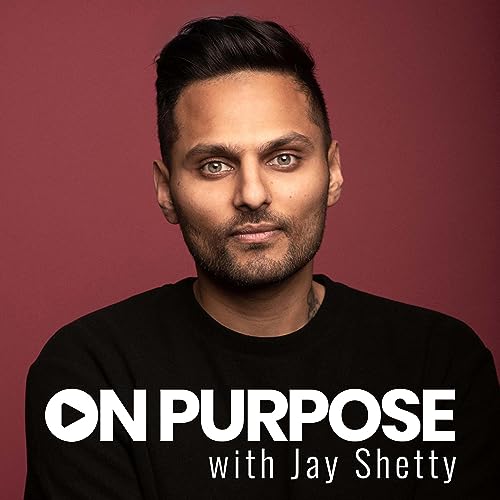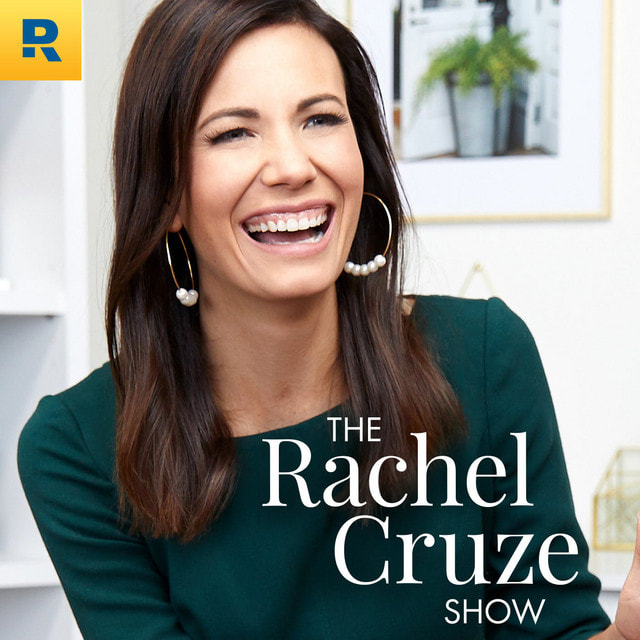|
1. Why horror? What fascinates you about horror and enticed you to write in the genre? I have been a fan of horror for years. After my first book (a historical fiction) published, I began writing short stories through my preferred stylistic devices: regionalism and magical realism. I had no idea what I was writing was actually categorized as horror. After a few of those stories published, I tried my hand at a ghost story mystery for my second book, again not knowing what I was really writing was horror. To my surprise, I self-published that book, and my readers enjoyed it as much as the first (though many were surprised at my shift in genres). My greatest compliment about that book is that it gave a few readers nightmares; some couldn’t finish. That makes me smile. 2. What is your favorite era of horror and why? As a former English teacher for decades, I taught a variety of genres, among them horror, of course. Edgar Allen Poe, Mary Shelley, Bram Stoker and several others stayed with me long after I finished reading them. The fact that such powerful “spooky” stories were written centuries ago is probably why they’re my favorites, especially Frankenstein. Imagining the horror of the readers back then gives me goosebumps. To be an author like that is inspiration to keep writing horror. 3. What are some of your favorite horror films? When I was young, the Dracula films starring Christopher Lee scared me so much I became afraid of the dark. Dark Shadows (the movie more than the series) made that fear worse. There were years I couldn’t walk anywhere at night because of those movies. I still shiver with the memories of those vampires! 4. What do you think the genre of horror brings to the world in terms of values, beliefs, impact? Horror attracts us the way a haunted house challenges us to enter or a rollercoaster ride dares us to ride—the adrenaline rush caused by the intensity of whatever emotion the reader feels, whether fear, anxiety, or excitement is something we seem to crave. Otherwise we wouldn’t turn the page or go through that door or get on that ride. The impact of the words which make us imagine what the characters endure, which allow us to visualize the act vividly, and which sometimes cause us to feel the panic of the event satisfies some need we have inside us. We want to encounter those monsters and either survive the meeting or succumb to horrible fates with the protagonists. Perhaps our values are challenged by our own imaginings of possibilities that can happen to us—there are monsters in real life we can meet with, after all. Murderers are real; to some of us, so are ghosts, or maybe aliens and monsters. Reading horror can make us more aware of our own ends, especially death, which makes many protagonists repent for their sins when they realize their demise is imminent. Hopefully, it affects readers in the same way. In my case, because of my Hispanic culture, we grew up believing our parents’ and grandparents’ superstitions; the legends and folktales I grew up with through oral story telling affected me greatly. When your own parents tell you they’ve seen ghosts or unexplained phenomenon, and you know your parents aren’t liars, you tend to believe. 5. How do you think your writing of horror reflects you as a person or your life overall? I mentioned that I use regionalism to tell my stories. This includes my incorporation of my culture’s folktale characters and creatures into my works. I retell my versions of the stories so many from my region grew up with, and I also create my own stories of those monsters our parents used to threaten us with to behave. They were real to me when I was small, but they’re disappearing with each new generation. I write about them to keep them alive through literature. 6. What do you think lies ahead for the genre? I like to think women will be the trailblazers of the genre and that we’ll make a name for ourselves in horror as much as men or maybe more so. And I hope a resurgence of the “scary” stories like Poe’s or Shelley’s will arise. Less blood, guts, and gore; more psychological and traditional horror. 7. Like many things, women are underrepresented in the horror genre. Why do think this is and why is it critical to have women more represented in horror? I’m not sure what the answer to this question is. The women horror authors I’ve become associated with are masters of the genre. Why they have yet to be discovered I don’t know. Like any other genre, it’s critical that women are represented for their unique execution of horror in writing; they bring a different voice, perspective, and creativity to the genre. 8. Any tips for new women writers in the horror genre? As I said, I fell into the horror genre because my stories always seem to have a dark side to them. Women have a deep well of horror stories inside them if they use their imaginations to imagine the worst of life. A mother’s worst fear is losing a child, but the human fear of losing one’s mind or having a loved one transform into a monster or any situation where we are powerless—any of those dark thoughts we’re all capable of, those are prime pickings for horror. But we must remember that with the dark comes light, and we can use writing to dispel those depressing thoughts and not let them be overwhelming. Writing something lighthearted or including comedic scenes while writing horror can keep us grounded. 9. Who are some of your favorite women horror authors to read? The authors I’ve published with in anthologies are among the best horror writers I’ve read. R.A. Goli writes erotic horror (which I’d never heard of before I started reading her short story collection, Unfettered). Her stories blow me away—she rewrites tales we’re all familiar with. One which stands out is her rendition of Poe’s “The Raven” from the bird’s POV. I’ve published in two horror anthologies with outstanding women horror writers: R.A. Busby’s psychological horror “Holes” is the stuff of nightmares. Jill Girardi, publisher of the Women in Horror anthologies, is also a truly terrifying horror writer in her own right. Her story “Firstborn” is haunting. 10. For readers who have never read your work, what should they start with and where can they find more information about you? Several of my short horror stories are available for free from the pinned post on my FB page. Some are my retellings of folk tales, like “Baile de Diablo” (The Devil’s Dance), “La Muerte,” (a tale of Santa Muerte), “Encounters with Death,” among several others. The pinned post links all my publications, a mix of historical fiction, horror, speculative fiction, non-fiction, among several other genres.
0 Comments
Leave a Reply. |
Categories
All
PODCASTS I LISTEN TO EVERYDAY |






